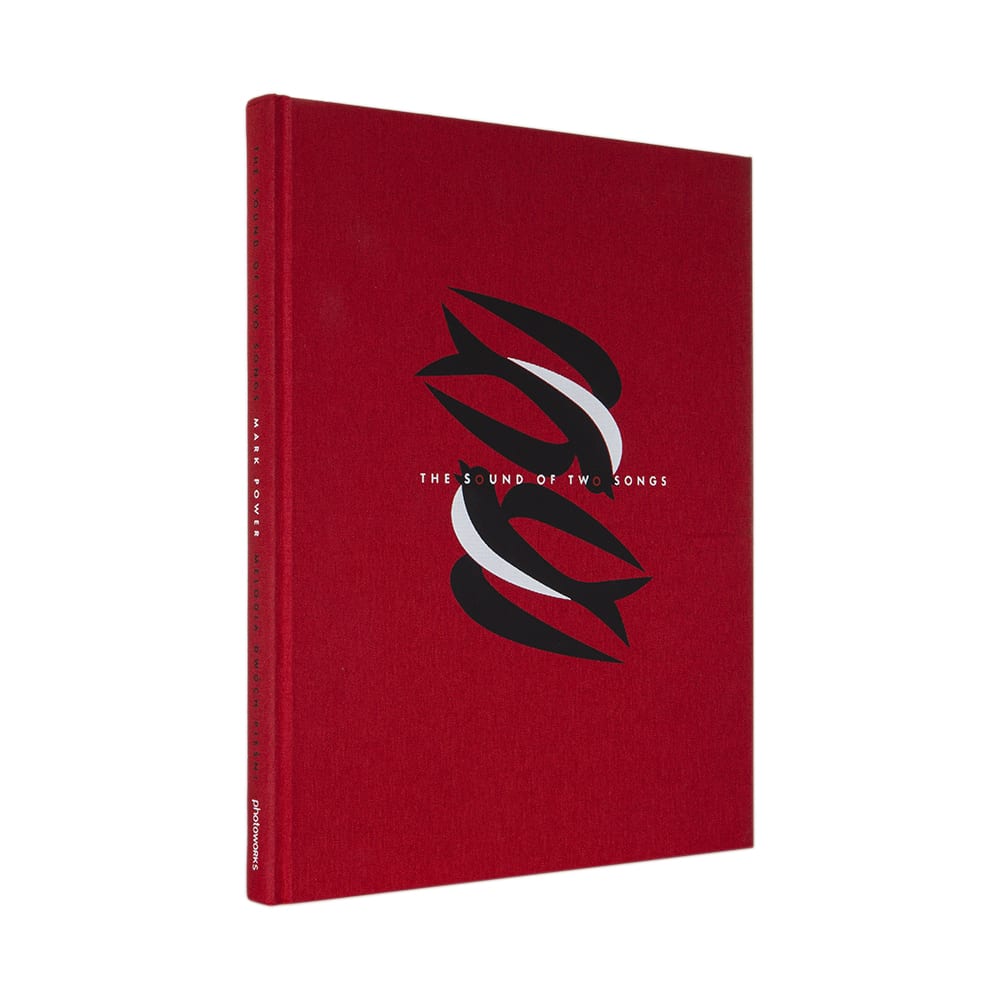Publishing a photobook can seem like a daunting task – which pieces to include, how best to lay out the work, and how to approach publishers. The list of concerns can seem endless even if you’re a seasoned pro, and it can be overwhelming if you’re publishing for the first time.
At our upcoming workshop on 29-30 July, a panel of experts will discuss overcoming these hurdles and maximising impact with quality content and efficient distribution. One of them, Magnum photographer Mark Power, advises photographers to take their time. “Never rush a book” he says.

“Only start thinking about publishing when you really think you’ve finished your project. The last thing you want is to regret a book you’ve made years afterwards. Think hard about sequencing, and what you’re trying to say or tell your audience. If you consider yourself a storyteller then are you telling that story as well as you can?”
Photographers should have these elements in place before they approach publishers, he adds – who will want to see well-developed ideas that they can work with. Hannah Watson, director at Trolley Books and another one of the workshop tutors, recommends checking publishers’ submission policies, and trying to get a face-to-face meeting.
“Sending a pdf by email will usually just get lost in the ether,” she says. “Portfolio reviews are a good way to meet people, or workshops like these. Nowadays, if you are active on Instagram publishers can find you first.”
Every photobook will go through a process of change, she adds, and photographers should be open to suggestions. “You don’t need to have a finished layout or dummy,” she explains. “Often the publisher will want to be involved in that part and won’t want something finished – the raw material can be enough. But every book has a different story. There’s no set formula but in general things fall into place organically.”
Power echoes her words, urging photographers to maintain a sense of perspective. “Unless you’ve been able to employ a designer, it’s quite likely you’ll need a redesign,” he says. “Be prepared to show ‘out-takes’ to publishers; it often takes a more dispassionate eye to see ‘good’ and important pictures.”
Having worked out the creative direction of the book, finding funding for it is another challenge. Our experts warn of substantial upfront costs when using a publisher, with Power explaining that “publishers will be expecting you to pay for most, if not all, of the production”.
But there are ways to help to offset the costs. Watson favours finding support through pre-orders, describing publishing as “a risky business”. “I minimise the risk by having the book paid for in advance by pre-orders, or crowdfunding which is a way to generate pre-orders,” she says.
Given these difficulties, Power and Watson both urge photographers to think carefully about the book they’re making, and whether it really needs to be published that way. “Original and unique stories are worthy of producing,” says Watson. “The reason should never be just because you want a book.”
To learn more about publishing and photobooks, from planning and producing, through design and distribution, book your place at our workshop with Magnum Photos. Speakers include Hannah Watson (Director, Trolley Books), Stuart Smith (coFounder, GOST Books), Aron Mörel (Founder, Mörel Books), Mark Power (Magnum Photographer). Publishing and Photo Books: From editing and design to marketing and distribution, Sat 29 & Sun 30 July 2017.

